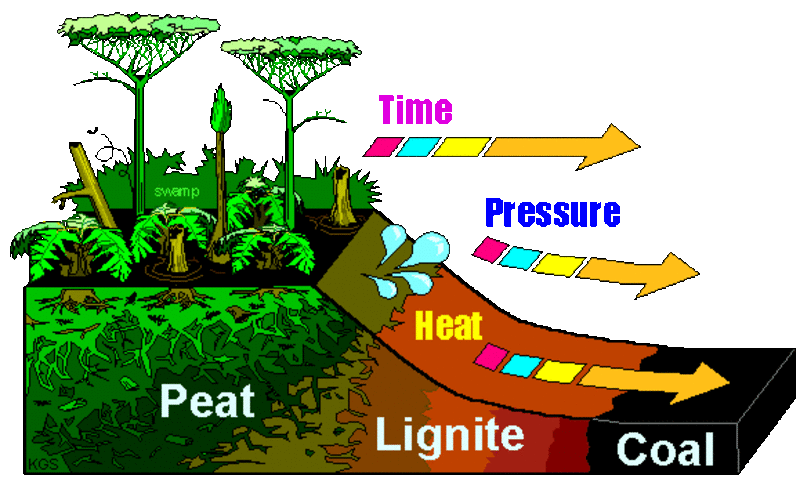Midlothian was put on the map for one reason only and reason is coal. Coal became important in the 1800's due to the rail road industry. Before then, it would take months to travel from coast to coast. With the introduction of the railroads it would only take a week. Coal became more valuable than gold as most people thought so they began to search for it. Then they landed here, in Midlothian and found coal and a lot of it. Below is a map of where the coal is in Virginia in relationship to the rest of the East Coast.

Legden
Grey = Coal is present in deep soil.
Red = Coal is most likely present, but hard to find.
Yellow = Coal is moderately present in upper and lower soil.
Green = Coal may or may not be present.
You can see that Midlothian is in the middle of the state and that is the closet coal location to the Atlantic Ocean. Norfolk was a major port of the United States and still is. Coal would help move goods faster and boost up the countries economy.
Now this has given you a little background geological information about the Midlothian mines. This site is all about the coal and how it got here in the first place.
This part of central Virginia, a few thousand years ago, was a big swamp, like Florida is today. A swamp has perfect conditions for coal to be made. The diagram below shows how.

Peat is decaying plant material. In swamps, it goes to the bottom of the water and stays there. This cuts off oxygen and makes the plant decompose time longer. Eventually it becomes mineralized into lignite. Heat, time, and pressure is how you get peat into lignite. Often called, brown coal, lignite in in between regular coal and plant life. After some more time and heat and more pressure, the Lignite finally turns into coal.
Coal is very useful in many ways. In was not until the 1730's that coal was first mined from Midlothian. Back then there were no railroads so coal was only useful for ships and keeping houses warm. The end product from plants-peat-lignite plus heat and time, is coal.
TO LOG A FIND ON THIS CACHE YOU MUST ANSWER ALL THE QUESTIONS BELOW. YOU CAN CONTACT ME THROUGH MY EMAIL OR THE GEOCACHING MESSAGE CENTER TO SEND YOUR ANSWERS. ANY INCORRECT ANSWERS MAY RESULT IN A CLARIFICATION RESPONSE FROM ME.
1. "Mid-Lothian Mines - Coal Formation" on the first line of your email
2. Look around this surrounding area (where the historical markers are). Locate any peat (best found during summer/fall months). What does it look like, smell like, and what color is it?
3. Based on the geology of the area you are in, do you think that this peat could mineralize into coal in the next few thousand years and your explation as of why?
4. On the plaque "Midlothain Coal Mines", the first railroad in Virginia was built from the Midlothian mines to what town and year?
* NOTE - You will likely not receive an email back from me, unless I need clarification on your answers. Please, don't wait for me to tell you you have it correct or not. I do review you emails within 12 hours of getting them in my inbox and with other of my earthcaches, it has become too hard to do. As soon as you send the email, you can log this earthcache.